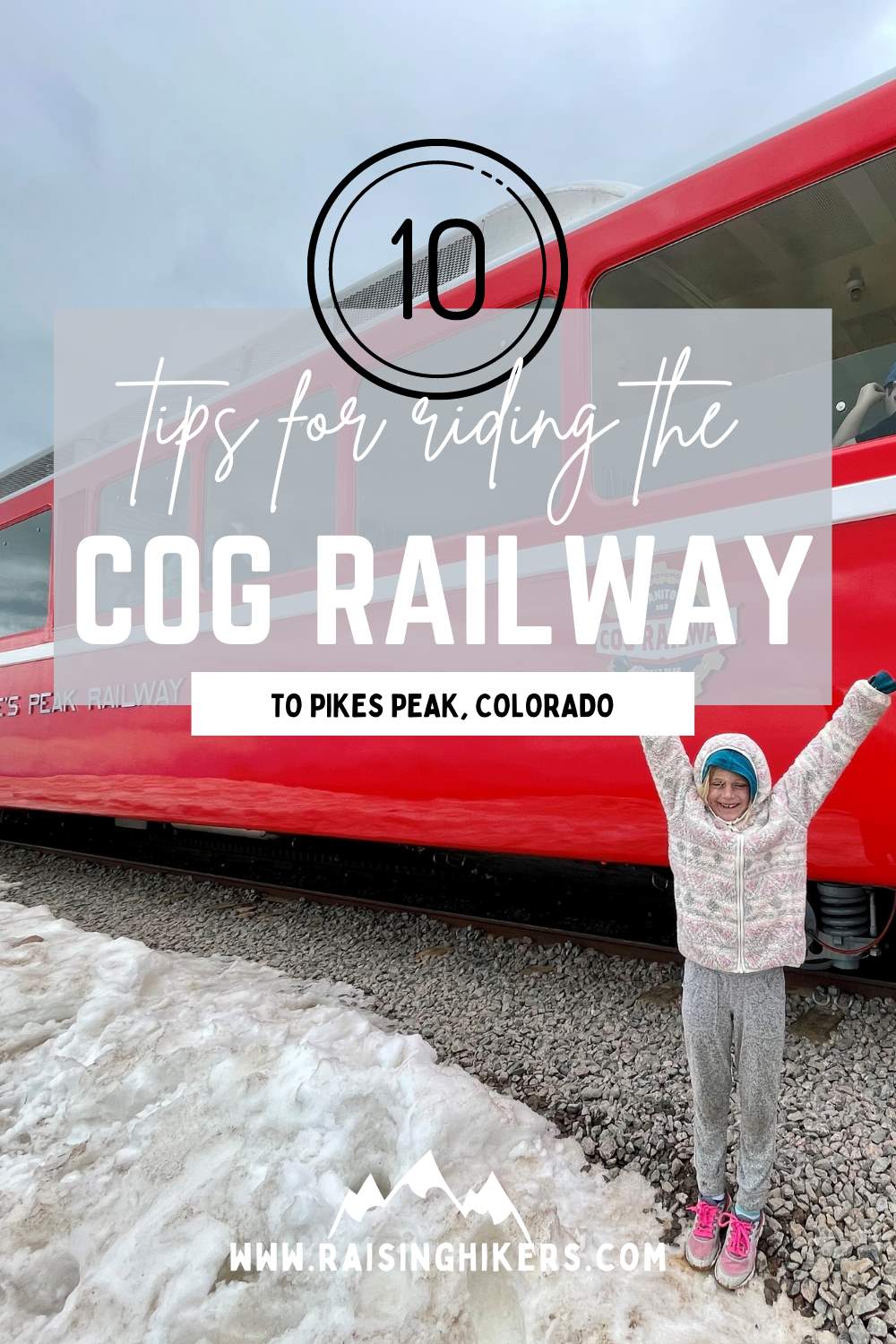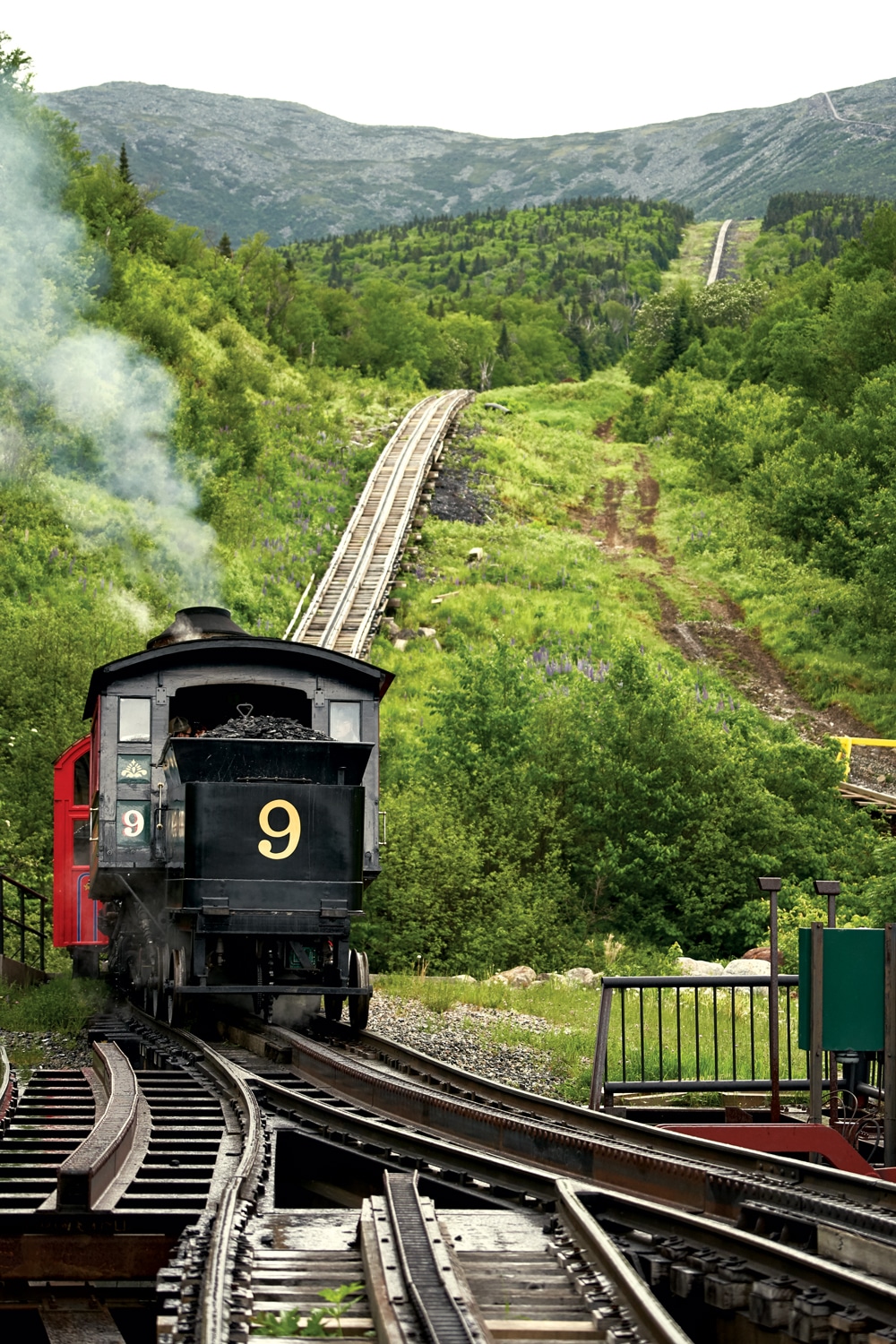

ĭespite the railroad's incomplete state, the first paying customers started riding on August 14, 1868, and the construction reached the summit in July 1869. The route closely followed a mountain trail that had been established earlier in the century by Ethan Allen Crawford. He developed a prototype locomotive and a short demonstration section of track, then found investors, forming the Mount Washington Railway Company in the spring of 1866, and started construction. Marsh obtained a charter for the road on June 25, 1858, but the American Civil War prevented any action until 1866. The railway is sometimes called "Railway to the Moon", because one state legislator remarked during the proceedings that Marsh should be given a charter, not merely up Mount Washington, but also to the moon.
#COG RAILWAY PARKING PLUS#
He was putting up $5,000 of his own money, and that, plus whatever else he could raise, would be spent locally, including building the Fabyan House hotel at nearby Fabyan Station to accommodate the expected tourists. Local tradition says that the state legislature voted permission based on a consensus that harm resulting from operating it was no issue – since the design was attempting the impossible – but benefits were guaranteed. Marsh came up with the idea while climbing the mountain in 1852. The railway was built by Sylvester Marsh who grew up in Campton. Share of the Mount Washington Railway Company, issued June 13, 1895 Most of the Mount Washington Cog Railway is in Thompson and Meserve's Purchase, with the part of the railway nearest to Mount Washington's summit being in Sargent's Purchase. Steam locomotives take approximately 65 minutes to ascend and 40 minutes to descend, while the biodiesel engines can go up in as little as 36 minutes. The train ascends the mountain at 2.8 miles per hour (4.5 km/h) and descends at 4.6 mph (7.4 km/h). The railway is approximately 3 miles (5 km) long and ascends Mount Washington's western slope, beginning at an elevation of approximately 2,700 feet (820 m) above sea level and ending just short of the mountain's summit peak of 6,288 feet (1,917 m). It is the second steepest rack railway in the world after the Pilatus Railway in Switzerland, with an average grade of over 25% and a maximum grade of 37%. Its track is built to a 4 ft 8 in ( 1,422 mm) gauge, which is technically a narrow gauge, as it is 1⁄ 2 inch (13 mm) less than a 4 ft 8 + 1⁄ 2 in ( 1,435 mm) standard gauge.

It uses a Marsh rack system and both steam and biodiesel-powered locomotives to carry tourists to the top of the mountain. The railway climbs Mount Washington in New Hampshire, United States.
#COG RAILWAY PARKING FREE#
On the far side of Old Man’s Trail you can catch a free shuttle bus that will take you to a spot where you’ll have a short walk to the Incline.The Mount Washington Cog Railway, also known as the Cog, is the world's first mountain-climbing cog railway (rack-and-pinion railway). When your receipt is printed out, display it on your dashboard. There are easy to follow instructions on the kiosks. You can purchase parking at two kiosks here, one behind the building and one on the side of the lot abutting Old Man’s Trail.

Parking here now costs $1 per hour with a maximum of four hours. As you enter on Manitou Avenue, look for the sign directing you to turn right on Old Man’s Trail. There is a public parking lot at Hiawatha Gardens located at Old Man’s Trail. If you would like to park and hike, please look below for parking info. It is recommended only to use this route for a drop-off. Turn left and go to the top of Ruxton Avenue, three-quarters of a mile. Go west on Manitou Avenue one and one-half miles to Ruxton Avenue (traffic circle). From I-25 in Colorado Springs, take exit #141 (US 24), go west (towards the mountains) on US 24 for four miles to the Manitou Avenue exit.


 0 kommentar(er)
0 kommentar(er)
